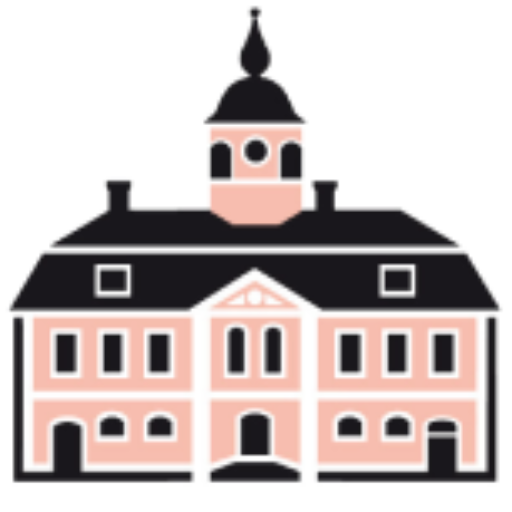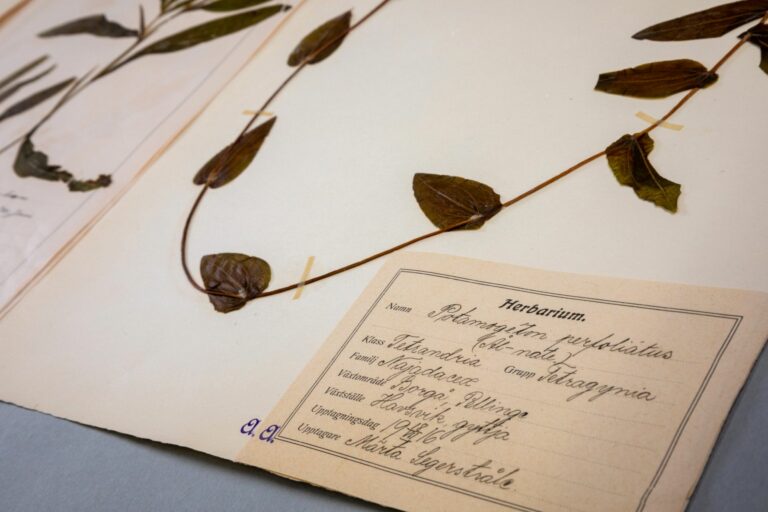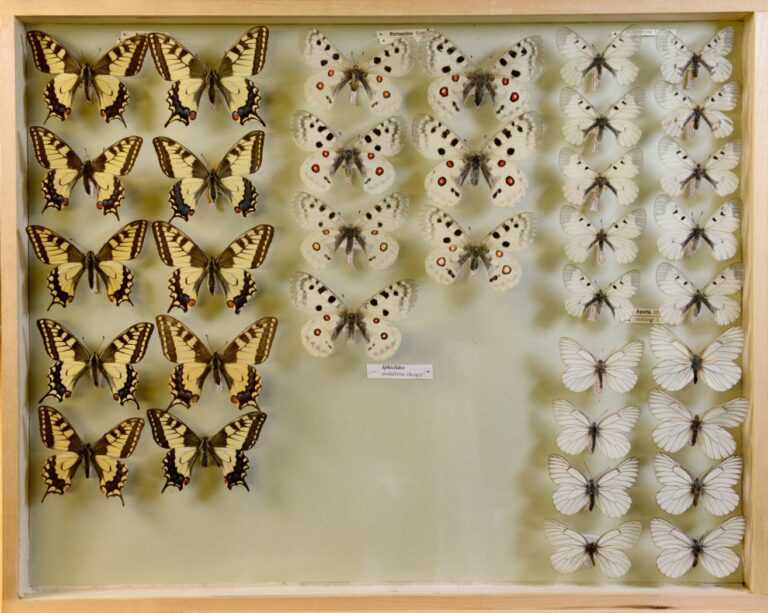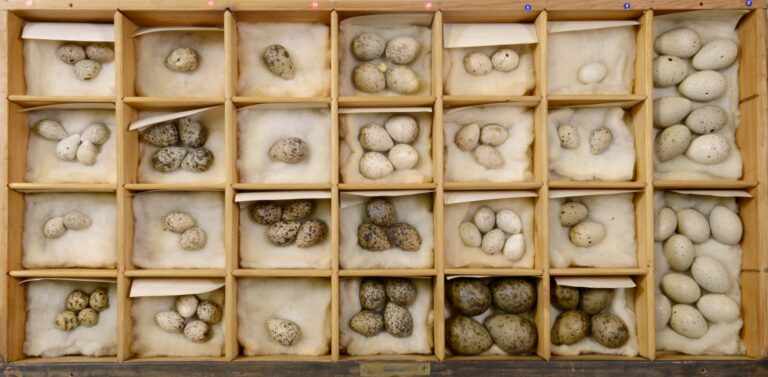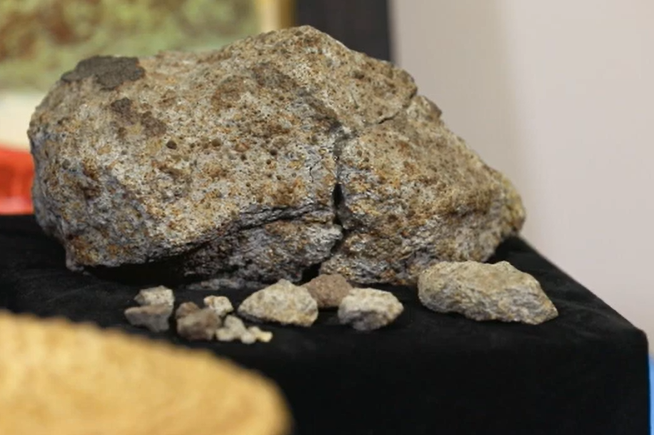The Porvoo Museum natural history collection includes several herbaria. The vast majority of the plant specimens are preserved pressed and attached onto pages with the information of the species, time and place of collections attached. Specimens of moss are stored in separate containers without pressing. In addition to large collections donated by collectors the museum also has smaller but beautiful herbaria collected by students at the change of the 19th and 20th centuries.
The jewel of the plant collection is Arthur Magnusson’s herbarium, which includes about 1800 well preserved and carefully prepared specimens. Magnusson also collected butterflies. The Magnusson collections housed in the Porvoo Museum were collected at the first decades of the 1900s.
Also the collections gathered by Ärla Backman (Pettersson) and Erik Pipping are notable. During the years 1939–1944 Backman collected about a thousand plants for a master’s thesis from the nature preserve in Pellinki. Erik Pipping, who worked as a biology teacher in the Loviisa Lyceum, gathered a collection with over 1500 specimens. Pipping is also known for his textbook Skolflora that he published in 1959.
